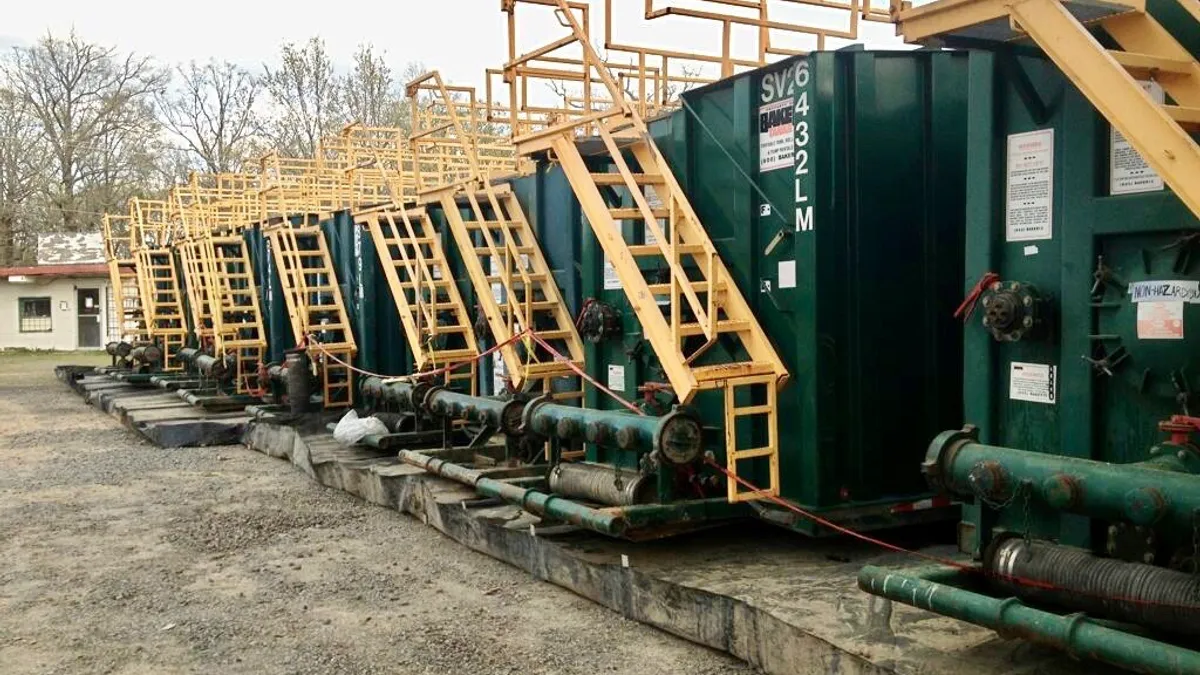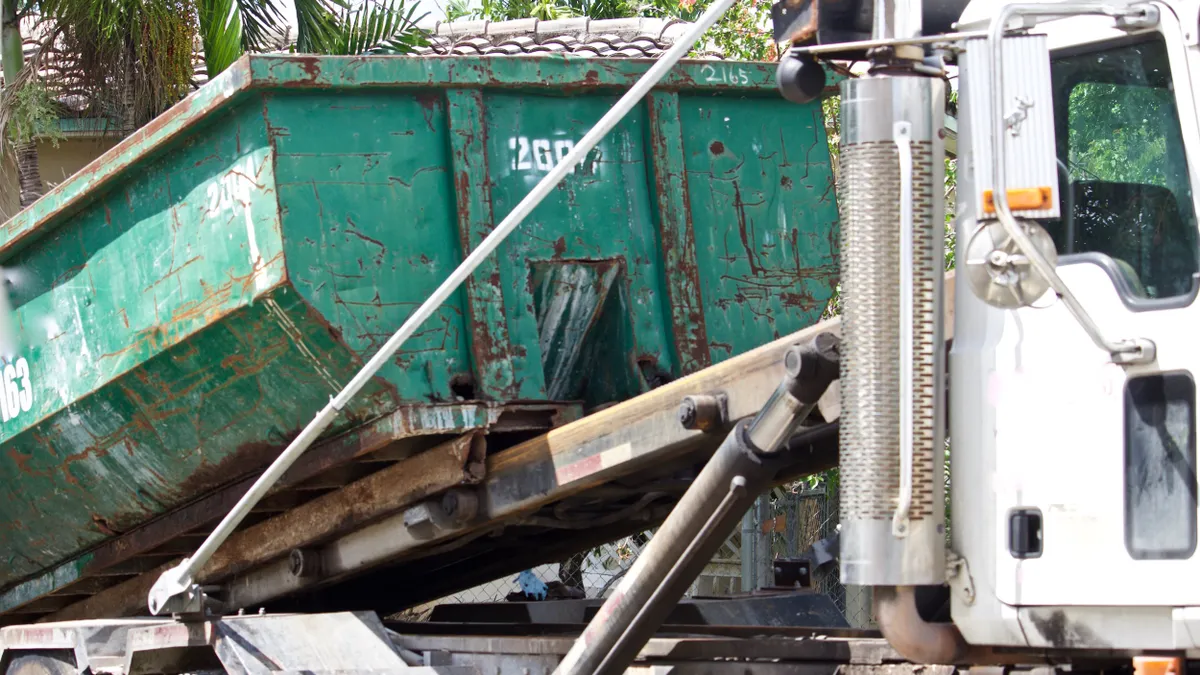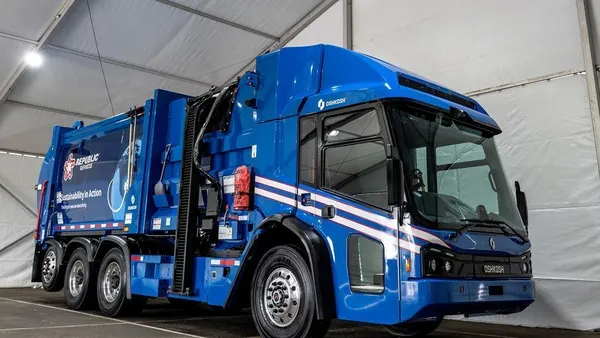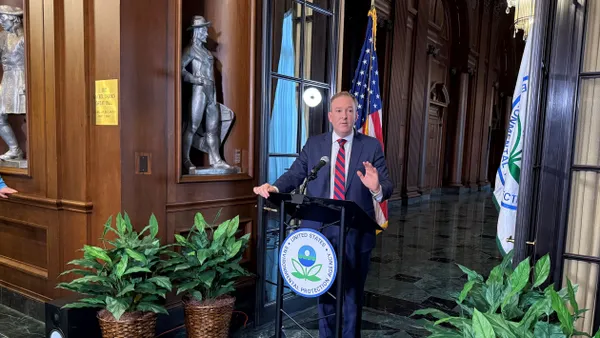Dive Brief:
- Casella Waste Systems scored another victory in its controversial plan to expand a C&D landfill in Campbell, New York. The state Department of Environmental Conservation (DEC) granted Casella three permits allowing the company to expand the Hakes Landfill, the Elmira Star-Gazette reported. A 22.2-acre area for construction and landfill cover is also planned.
- Those new permits will allow Casella to expand the landfill from under 57.9 acres to 78.9 acres. Casella is seeking to increase both disposal capacity and site life, but does not intend to change the landfill's daily capacity of 1,404 tons per day or the types of waste accepted. Residents have expressed concern over the possibility of an increase in the radioactive gas radon that can be carcinogenic in high doses from waste out of the Marcellus shale formation in neighboring Pennsylvania.
- The Sierra Club and other groups sued the landfill in 2019 arguing neither the town nor state took a close enough look at radiation in the landfill. Casella Vice President Joe Fusco countered their arguments in a statement to Waste Dive. "Certain opponents of the expansion have misconstrued the nature of the wastes that are accepted at the Hakes facility," he said.
Dive Insight:
Casella argues the Hakes Landfill poses no environmental concerns and a December 2018 environmental impact statement from the DEC largely agreed with the company. The site, which Casella owns and operates, most recently expanded in 2006 to its current acreage and has come under frequent scrutiny.
One major source of concern is the presence of radioactive waste from Pennsylvania — a byproduct of shale gas extraction, or fracking. The Hakes Landfill is the state's second-biggest recipient of Pennsylvania's solid fracking waste and community members are concerned about health and environmental implications. Casella also operates the Chemung County Landfill, which is the biggest recipient of solid fracking waste from the neighboring state.
In an April 2019 court filing, residents and groups including the Sierra Club pushed back against the DEC's draft impact statement for the Hakes expansion. Three of the plaintiffs live on properties adjacent either to the landfill or to the area impacted by the proposed expansion.
In addition to targeting Casella and the DEC, plaintiffs assert the town of Campbell violated its obligations to ensure all safety measures for the landfill were met.
Under the State Environmental Quality Review Act, the state and town are required to look closely at the presence of radon and radium in the landfill. The plaintiffs argue those entities did not do so and that an expansion of the Hakes Landfill "will increase the volumes of radioactive leachate" going into the nearby Bath wastewater treatment plant, which discharges into the Cohocton River, part of the Chesapeake Bay Watershed.
Campbell, the landfill's opponents argue, did not do its due diligence to mitigate "the effects of high levels of radium and radon in the landfill, the effects of radon generated by such radium, or the ineffectiveness of the landfill's entrance monitors in detecting radium and radon in wastes entering the landfill."
Sierra Club's Atlantic Chapter did not respond to a request for comment from Waste Dive. The DEC has asserted the plaintiffs do not understand the impacts of radon and the science behind radiation. Fusco of Casella said the landfill has screening equipment and safety protocols in place to protect against potential radioactive substances.
Those mechanisms have been in place for almost a decade, he said, maintaining that none of the company's landfills in New York have received any radioactive waste.
"Casella is very confident that the litigation claims raised by these project opponents will be rejected and that the permits issued by the DEC will be upheld by the New York courts," Fusco said. "As for a timeline, that is still a discussion between the parties."














